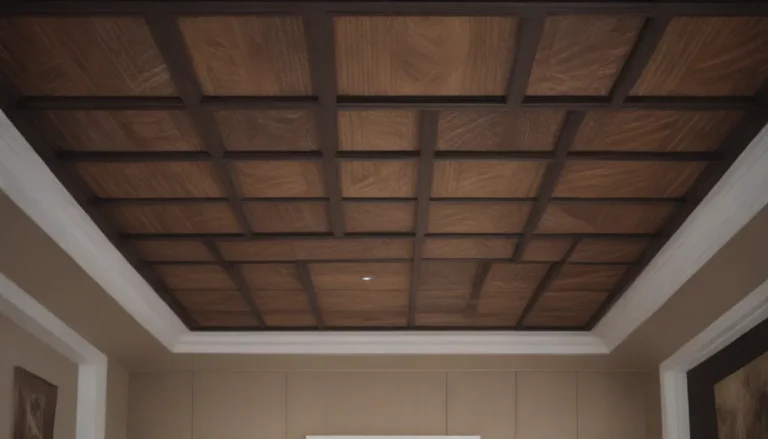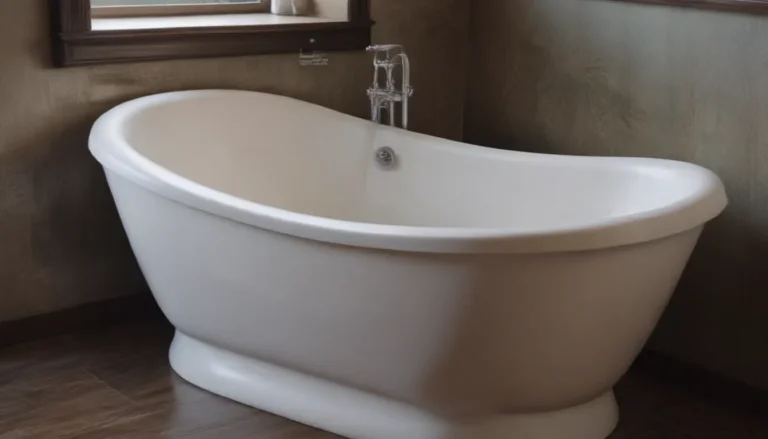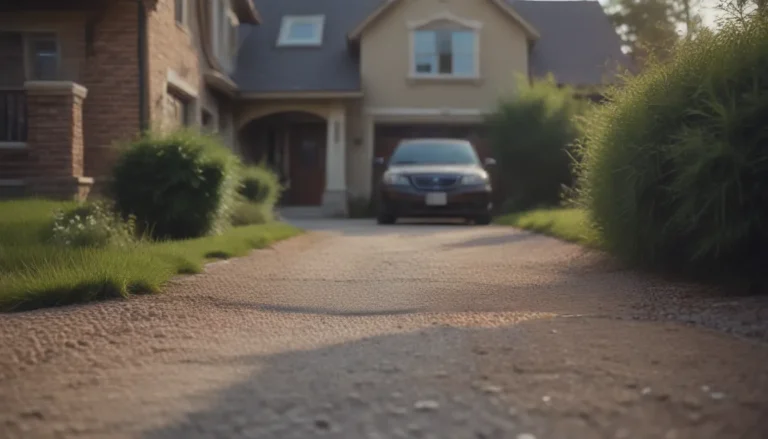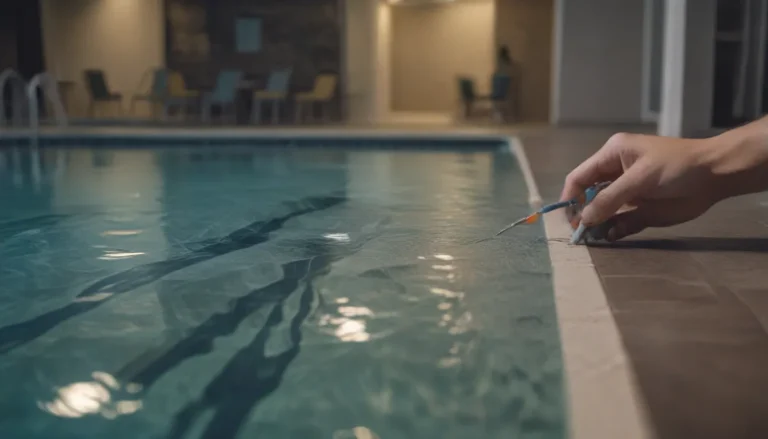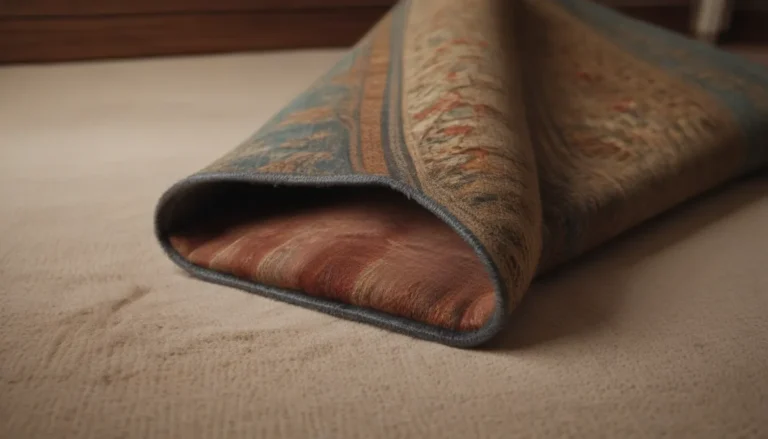Everything You Need to Know About Buying Recessed Lights
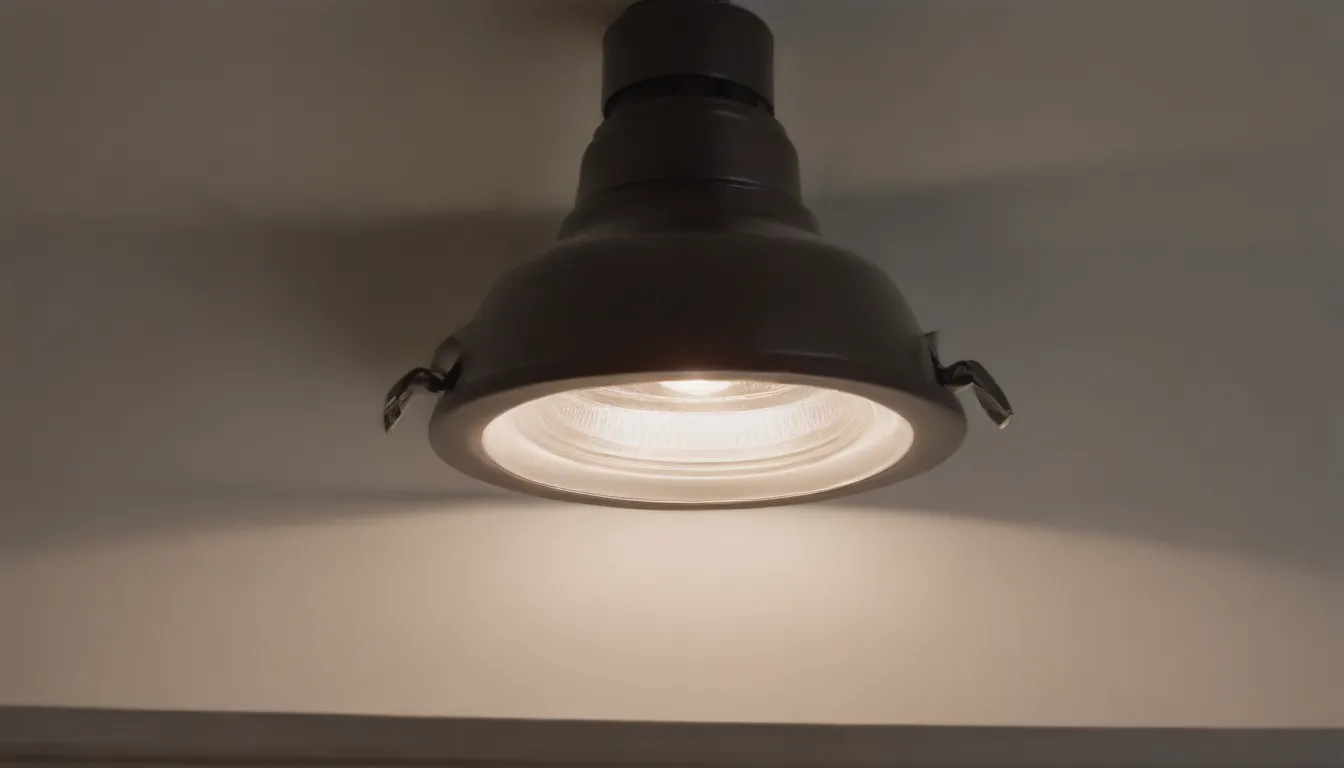
So, you’re thinking about adding some recessed lights to your home, also known as can lights. These lights can totally transform a room, but before you start purchasing fixtures, there are a few things you need to consider. What exactly do you want to light up? Do you need a pool of light or just a tight spot? What size fixture will work best in your space? What kind of light bulb do you want to use? And what about the wiring – do you need a remodel fixture or can you install a new-construction housing? Let’s break it down step by step to help you make the best decision for your home.
The Anatomy of a Recessed Light
Before we dive into all the factors you need to consider when buying recessed lighting, let’s take a quick look at the different parts of a recessed light fixture:
– Housing: This is the part of the fixture that is hidden above the ceiling and holds all the electrical components.
– Trim: The visible part of the fixture that sits flush with the ceiling and comes in various styles.
– Wattage: Refers to the power consumption of the light fixture.
– Frame: The structure that holds the housing and trim in place.
Things to Consider Before Buying Recessed Lighting
There are several important factors to think about before you start shopping for recessed lighting:
– Room: Think about the room where you want to install the lights and how you plan to use the lighting – for general, task, or accent lighting.
– Size: Consider the size of the fixture based on the height of your ceiling and the area you want to light up.
– Bulb Type: Decide on the type of light bulb you want to use – incandescent, fluorescent, halogen, or LED.
– Fixtures: Determine whether you need a remodel fixture or a new-construction housing based on your installation needs.
– Wiring: Plan how you will run the necessary wiring to your new light fixture.
Recessed lighting not only enhances the look of a room but can also provide cost-effective energy savings and add value to your home. Let’s explore some key considerations when buying recessed lighting.
What Do You Want to Light?
Recessed lights offer versatility and can be used for general lighting, task lighting, or accent lighting. Consider these options:
– Downlights: Provide focused light for tasks like reading or working at a desk.
– Eyeball Spots: Designed to light up specific objects like sculptures or artwork.
– Wall Washers: Illuminate large paintings or provide subtle lighting for decorative items.
What Size Fixture Do You Want?
Choose the size of your fixture based on your ceiling height and the area you want to light up:
– 3 to 7 Inches: Common residential sizes suitable for different lighting needs.
– 6 Inches: The most popular size, offering a wide range of trim options for flexibility.
What Kind of Light Bulb Do You Want to Use?
Decide on the type of light bulb based on the desired lighting effect:
– Incandescent: Offers warm, general lighting.
– Fluorescent: Energy-efficient with cool temperatures.
– Halogen: Provides high-intensity light for specific areas.
– LED: Combines characteristics of different bulbs and offers dimming options.
Tip: Consider the new Wafer LED recessed light for a thin and housing-free option suitable for new construction or remodel projects.
Types of Recessed Lighting
When choosing recessed lighting, consider the following types:
– Trim Type: Select from adjustable, baffle, pinhole, slotted, decorative, shower, or open trims based on your lighting needs.
– Light Bulb Type and Temperature: Choose between incandescent, halogen, LED, or standard bulbs with different lighting temperatures.
– Remodel Fixtures vs. New-Construction Housings: Decide based on your installation requirements, whether you need a remodel fixture or a new-construction housing.
Wiring Considerations
Ensure a smooth installation process by considering your wiring needs:
– Bore a hole in the center of each joist to feed wire between joist bays.
– Look for fixtures with built-in Type NM clamps for Type NM wiring or Type MC cable clamps for MC cable.
Cost Factors
Recessed lighting fixtures come at varying prices based on size, features, quality, and type. Individual fixtures can range from $8 to $50, with LED fixtures typically costing more due to energy savings. Consider hiring a professional electrician for installation if you’re not comfortable doing it yourself.
How to Choose the Right Recessed Lighting
To ensure you choose the best recessed lighting for your home, consider the following questions:
– Insulation Compatibility: Determine if you need an IC-rated fixture for direct contact with insulation or an AT-rated fixture to prevent air leakage.
– Upgraded Circuit: Calculate the maximum wattage rating of fixtures to determine the number of lights per circuit for consistent lighting coverage.
With these considerations in mind, you can select the perfect recessed lighting that suits your style, budget, and installation needs. Illuminate your home with the right fixtures to create a welcoming and well-lit space for all your activities.
